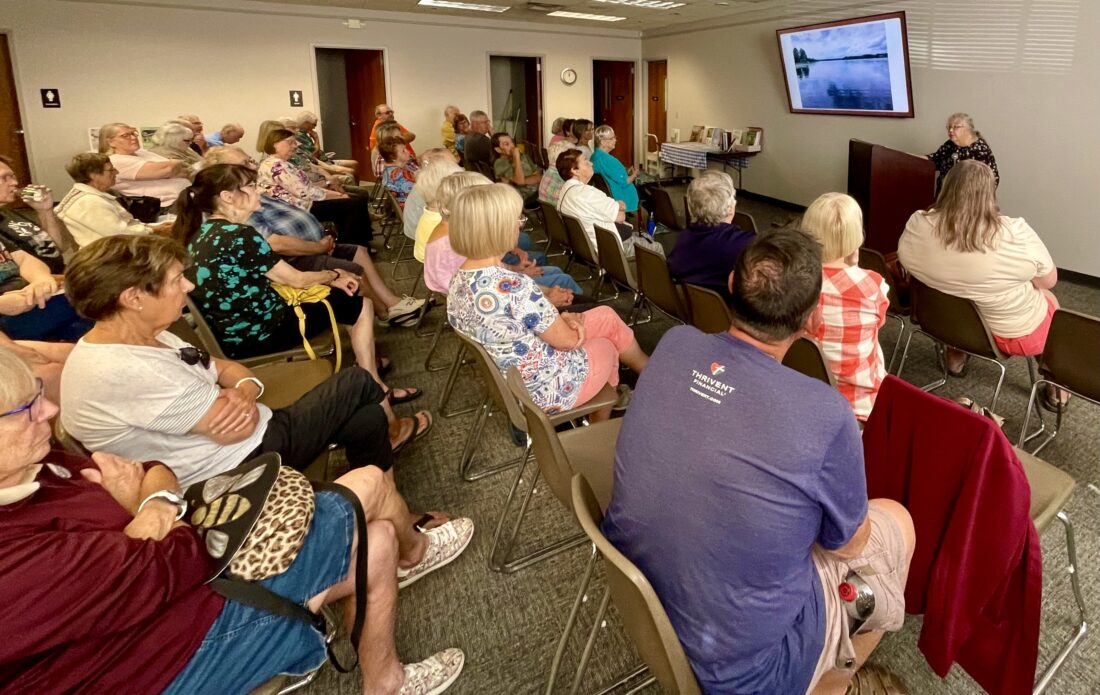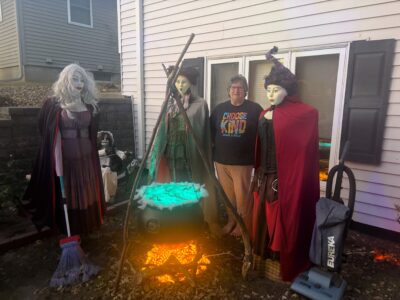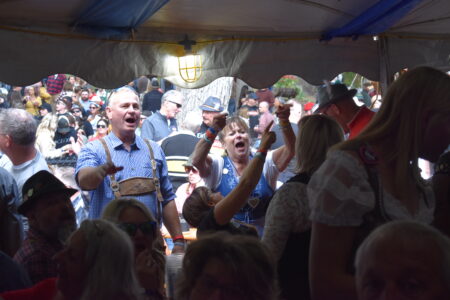Dakota internment at Fort Snelling a complex legacy
A complex legacy

Corinne L. Monjeau-Marz gives a presentation at the Brown County Historical Society Annex on the Dakota Internment at Fort Snelling as part the U.S.-Dakota War commemoration week.
NEW ULM — Brown County Historical Society’s Lunch and a Bite of History series brought author Corinne L. Monjeau-Marz to New Ulm to share her insights into her work as an independent researcher and historian.
Her work over many decades led to writing and publishing a book “The Dakota Indian Internment at Fort Snelling, 1862-1864.”
Monjeau-Marz lives in Cottage Grove, Minnesota and is a descendant of French-Canadian, German & English immigrants as well as Mdewakanton Dakota, Ojibwe, Ho-Chunk (Winnebago) First Nations and “Métis,” or mixed blood ancestors. Much of the focus of her research relates to early explorers and their experiences connecting with Indigenous People in Turtle Island (North America) primarily associated with early portage and fur trade routes.
The connection to New Ulm was evident as the author wove her stories citing distinguished characters from the past and present.
She said, “Anton Gag interviewed Dakota, observing what they wore, their movements, etc. to get accurate depictions for his paintings.” Monjeau-Marz cited numerous historians, mentors and authors in her work including the help of Darla Gebhard of BCHS. “I hadn’t intended to write about the internment camp, rather just to research.”
For over sixty years the author has been collecting historical documents and antique images which she turned into a business called Minnesota Territory.
This substantial body of research culminated in an objective account of life at Fort Snelling in the aftermath of the U.S.-Dakota War of 1862. Sharing handwritten letters, official documents and historical photography Monjeau-Marz created a portrait of what inhabitants endured at that time in history. The essence captured in Benjamin F. Upton’s iconic photograph taken above the internment camp in November 1862 was described as, “…this dismal fenced enclosure.”
At the camp, the dangers were not of warfare, but disease such as measles, whooping cough, and others. As more settlers fled to St. Paul, concentrating in unsanitary conditions, people died in both the internment camp and out in the emerging frontier communities and was not limited to indigenous people.
She used graphic slides of current scientific health care imagery of what these diseases look like to evoke the fear and despair people must have been feeling.
More than 160 years later this chapter in history still conjures up deep emotions on multiple levels. As a woman with indigenous ancestry, Monjeau-Marz addressed the notion of Fort Snelling being called a Concentration Camp, rather she prefers to use the term Displaced Persons Camp.
“While certainly people didn’t want to be there, at least they were being fed on similar rations to what the military subsisted on such as hard tack and salt pork,” She said. “They were being protected from a hostile population of settlers who were seeking revenge after a brutal conflict.”
In the context of life on the frontier, the author cited Gabriel Renville who had been allowed to return to his homeland, but everything was destroyed. He was forced to stayed with his dependents in order to survive.
Crops and homes were burned; there were no people in these areas and there was no infrastructure to even care for the military who would have been tasked with protecting the population. The only choice was made to bring everyone to Fort Snelling.
Monjeau-Marz acknowledged the Dakota interment at Fort Snelling was a complex event in Minnesota history, but said “[The] idyllic would never be any part of the life the Dakota endured there.”



